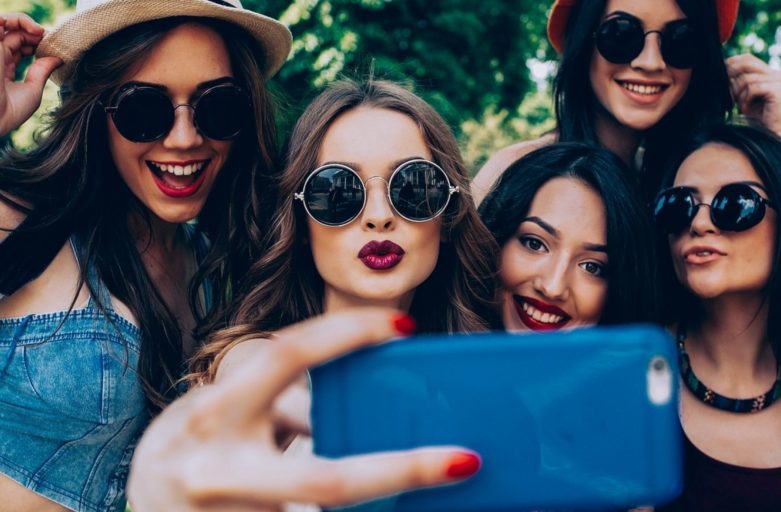Ah, selfies. The phenomenon that made us really care about Instagram, phones having more than one camera, and advice from Kim Kardashian.
In an era where technology is developing at such a remarkable pace and we all walk around with access to a theoretically infinite library, it’s nice to know that a significant portion of the technological wonder-wielding masses devotes actual battery life and cellular data to taking and viewing selfies. The Oxford Dictionary actually named “selfie” the word of 2013. Think about that.
While seemingly innocuous, you may be surprised to know that our cultural obsession with pictures of ourselves carries with it some truly terrible implications – just kidding. It should be obvious and not at all surprising how bad the selfie phenomenon is, at least ever since there was a serious market – and later, a legal blowback – around a product that called itself a “selfie stick.” Come on.
So what’s so bad about selfies? Simply put, they are messing with our heads. Or at least getting plastic surgeons to mess with our heads, er, faces; according to a recent survey, 1 in 3 surgeons reported increases in plastic surgery requests for the sole purpose of looking better on social media. Selfies are fueling our tendency towards vanity so much that people are actually willing to go under the knife to fix minor imperfections that are, of course, more noticeable as front-facing phone cameras increase in megapixels.
Unnecessarily drastic physical alterations aside, selfies are also contributing to – or at least reflecting – some very real occurrences of mental illness. To the shock of absolutely no one, those people who just flood social media with pictures of themselves frequently express symptoms of narcissism and obsessive-compulsive disorder – leading to some severe cases of dysfunctional behavior, like one aspiring model who eventually began cutting classes and refusing to leave his home in pursuit of the perfect selfie, taking up to 200 selfies a day. Psychologists all over have noted an increase in body dysmorphia since the rise of social media and the popularity of selfies.
Further studies suggest that a proclivity towards selfies could also result in problems in relationships. While these selfie-posting addicts often actually had a very positive body self-image, they tended to report conflicts with partners and spouses, mostly over attention from online followers over pictures, which is a frankly ridiculous conflict to have in a relationship.
When selfies first became popular, it was a different story. The selfie was typically accompanied by an interesting background – “Look ma, I’m at the Eiffel Tower, and I didn’t feel the need to bug someone to take a picture for me!” – but as the experience sharing element subsided and vanity and narcissism took its place, selfies became indicative of a serious issue in our self-obsessed society.

